INTRODUCTION
33% sequenced distalization: When upper second molars (U7) are moved 33% of the total distance to be distalized, distalization of upper first molars (U6) starts.
50% sequenced distalization: When U7 are moved 50% of the total distance to be distalized, distalization of U6 starts.
MATERIALS AND METHODS
Ethical considerations
Sample size calculation
Study sample
Patients with half-cusp Class II molar relationship
Those without maxillary transverse discrepancy
Those with all permanent teeth intact, except the third molars
Patients cooperating enough in use of CA and complying with the treatment
Treatment protocol
Cephalometric analysis
Statistical analysis
RESULTS
Cephalometric measurements
Digital model measurements
DISCUSSION
Molar distalization and distal tipping
Anterior loss of anchorage
Vertical changes
Transverse changes
Rotation changes of the molars
Soft tissue changes
Limitations
CONCLUSIONS
During sequential distalization of posterior teeth using aligners, distal tipping and movement were also observed.
The 33% sequenced distalization protocol caused significantly more anchorage loss in the anterior region than the 50% sequenced protocol.
Clinicians should be aware of the counteracting effects of maxillary molar distalization in the anterior region.




 PDF
PDF Citation
Citation Print
Print


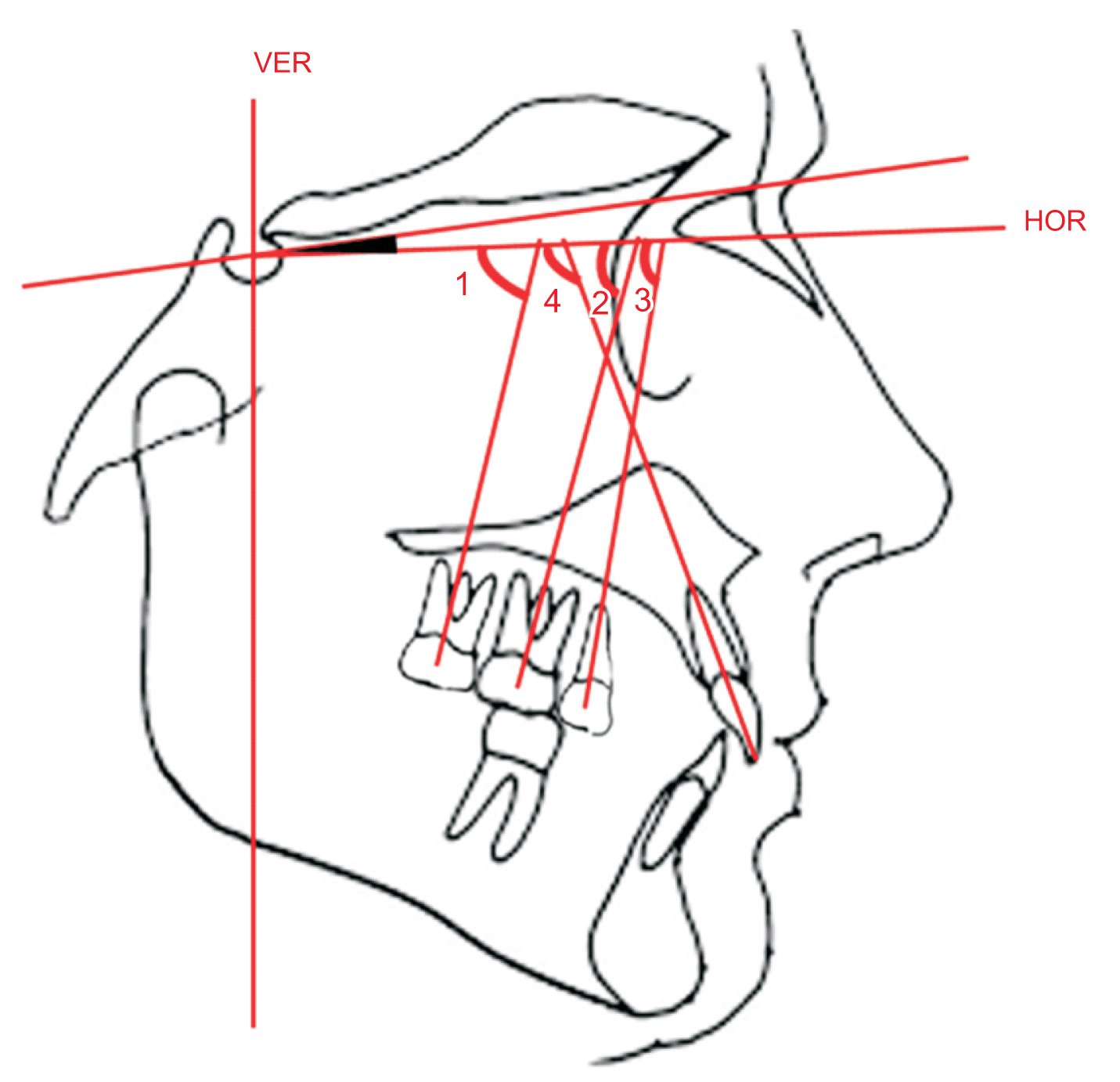
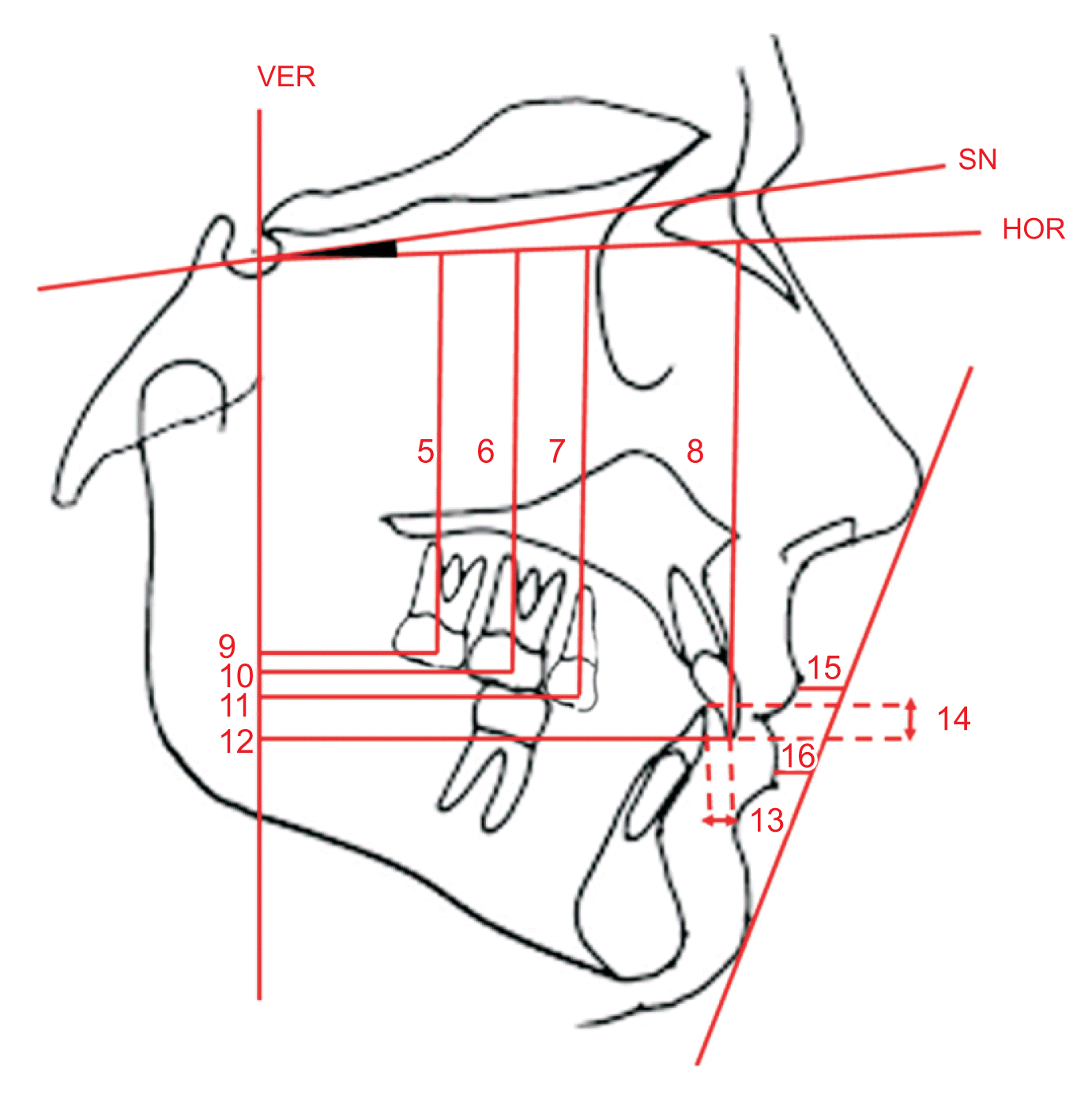
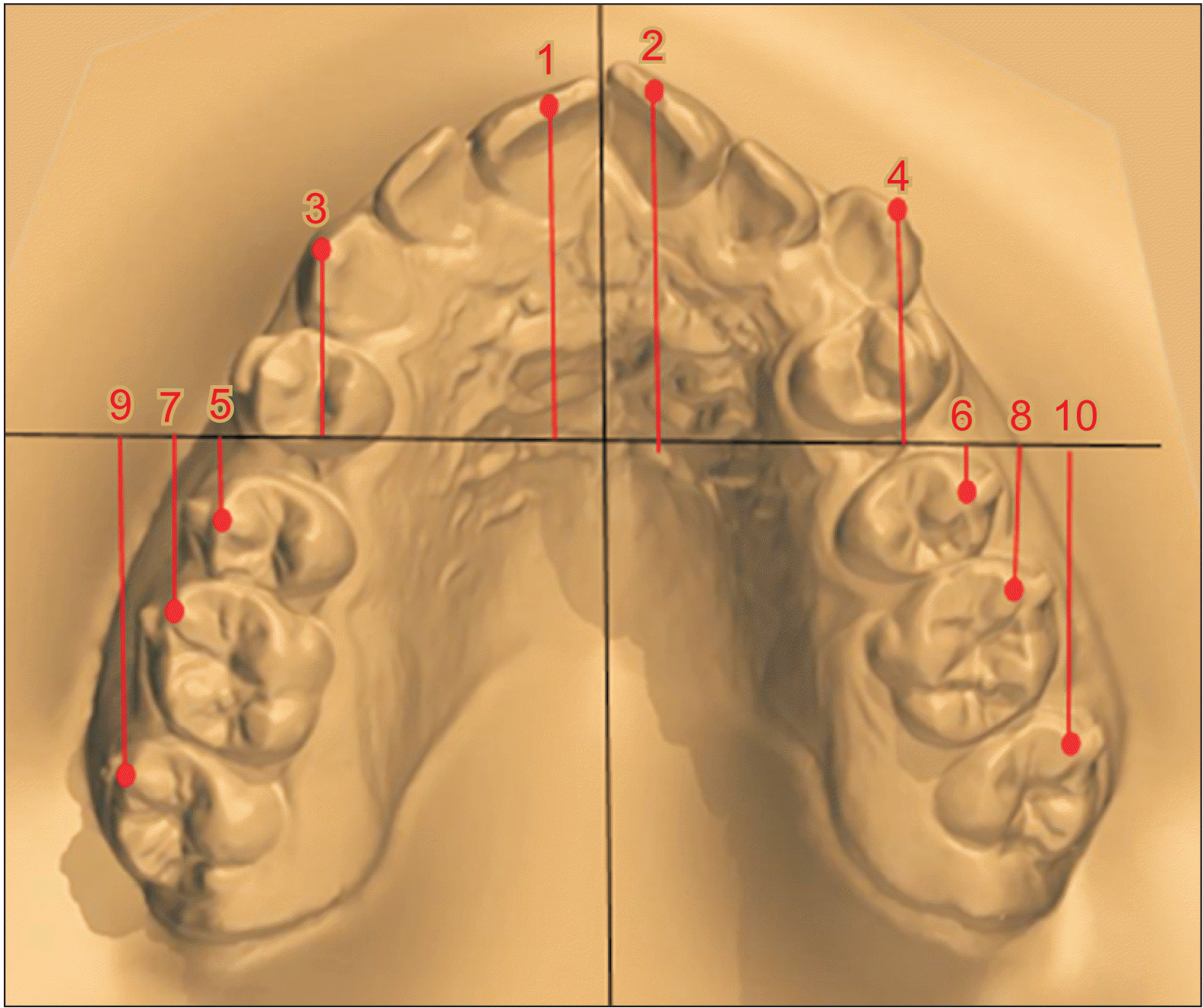
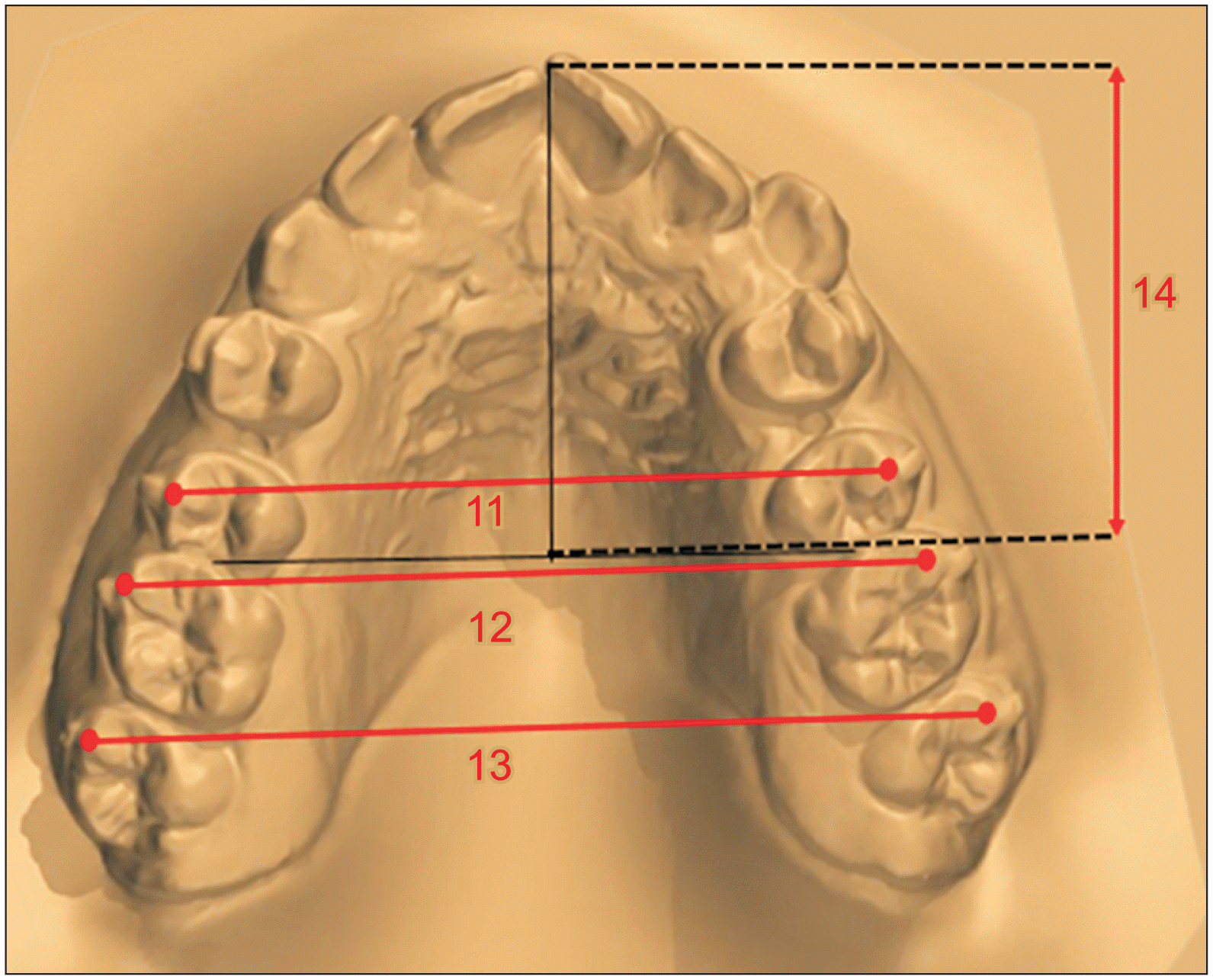
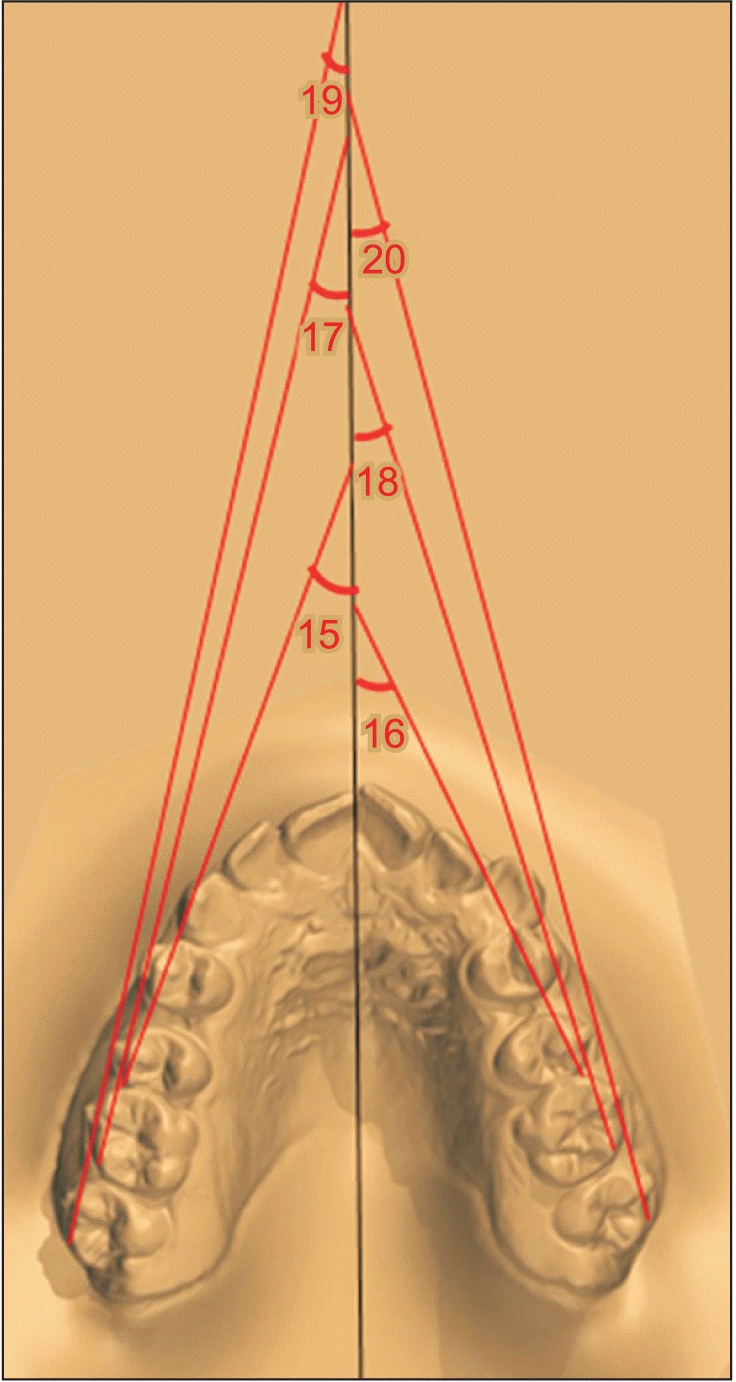
 XML Download
XML Download